Acorn Dye | Dyeing Cotton Fabric with Fresh Acorns
Home »
08.09.2023
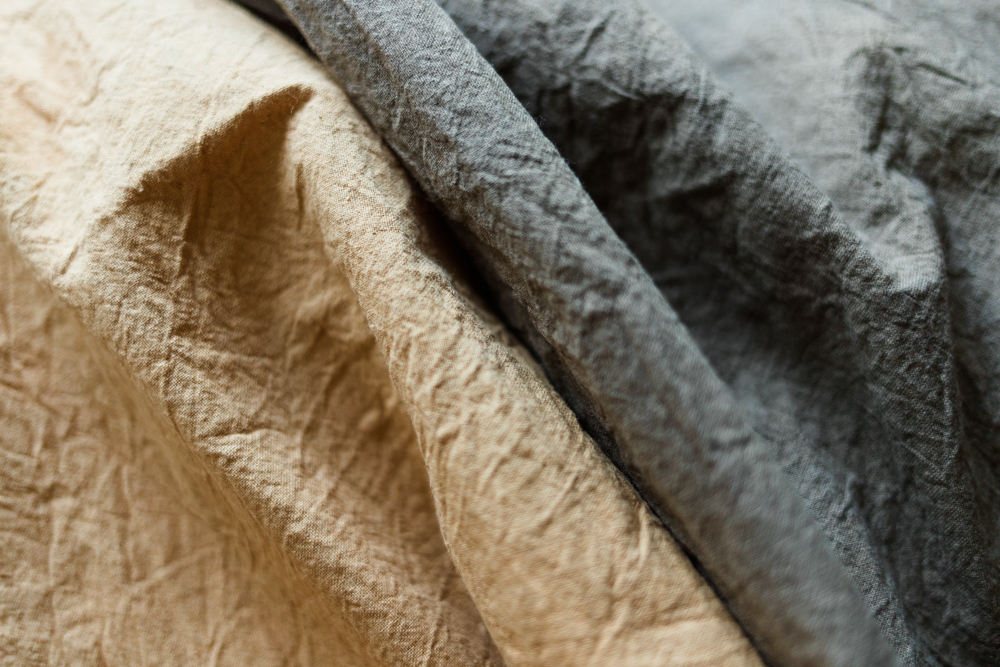
I think this acorn dye bath might be my most successful attempt at natural dyeing yet.
On Monday evening I went for a walk in the woods with a paper bag stuffed into my tote to collect acorns. It’s not a great year for acorns as last year was a mast year and many oak trees either have no acorns on them, or very few. Still, I managed to find a few oak trees that had acorns beneath them or within easy reach on the lower boughs. I bought home 450g of fresh acorns together with their caps, and put them into my big stainless steel dye pot. Of the trees that do have acorns on them, most of them are high up and completely out of reach, so there will plenty for the birds and squirrels later in the season.
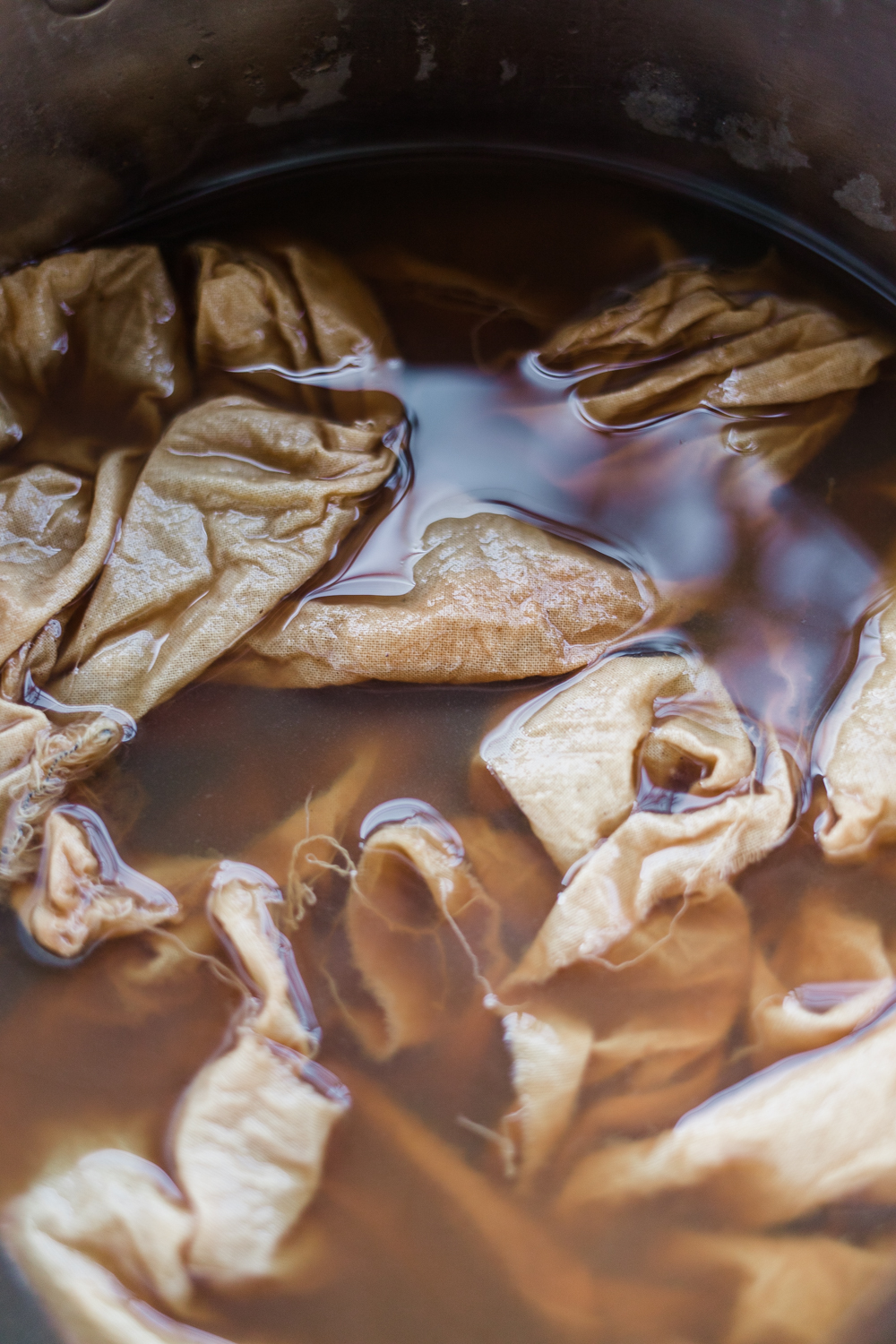
I brought the acorns to a boil in just enough water to cover them, and then turned the heat down so that the pot could simmer for 45 minutes with a lid on. Then I added 1 tbsp washing soda to the bath, which helped bring out a more saturated terracotta colour from the dye bath. I turned the heat off and left the dye pot to brew overnight.
The next morning I added the fibres, two pieces of unbleached calico cotton, which were already wet from sitting in a cool mordant bath made with aluminium sulphate. I brought the dye pot back up to a boil with the fabric, and then turned the heat off and let it sit. I stirred the pot every now and then whenever I happened to be walking through to the kitchen to make sure that the fabric dyed evenly, but mostly just left it alone to take up the colour.
After 24 hours, I squeezed the dye out but didn’t rinse the fabric, and hung both pieces to dry. This, I think, was key to my success. With both the goldenrod and the willow I rinsed the fabric immediately after dyeing, without leaving it to cure. A 3 day cure where the dyed fabric was left to dry and then left alone helped the dye to adhere more permanently to the fibres. When I did eventually rinse one piece of fabric in cold water, I saw a tiny amount of colour in the basin but the fabric dried to be the same hue as the control piece which hadn’t yet been rinsed.
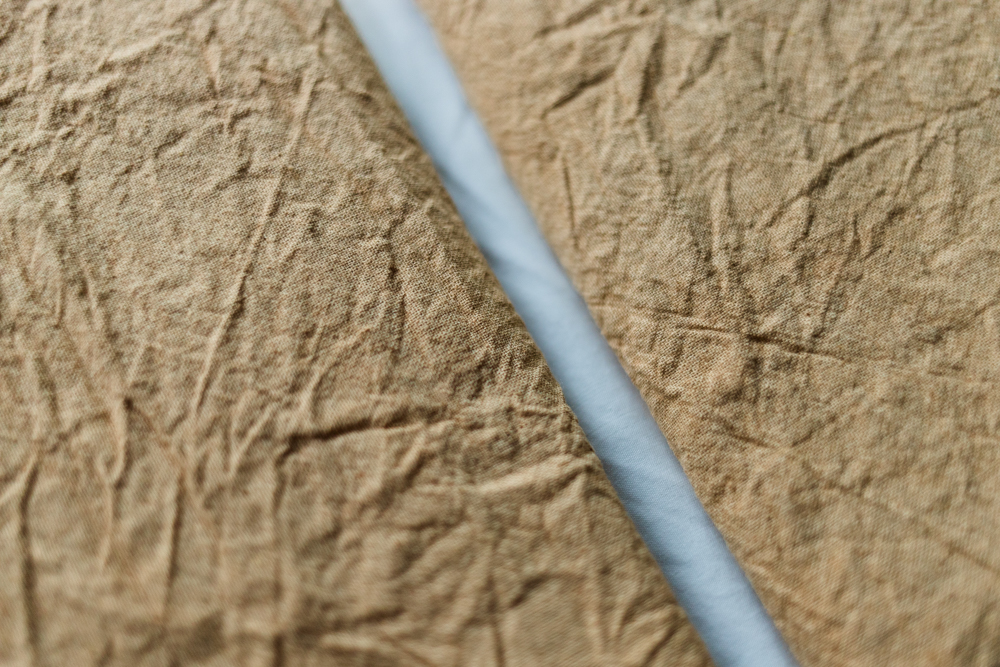
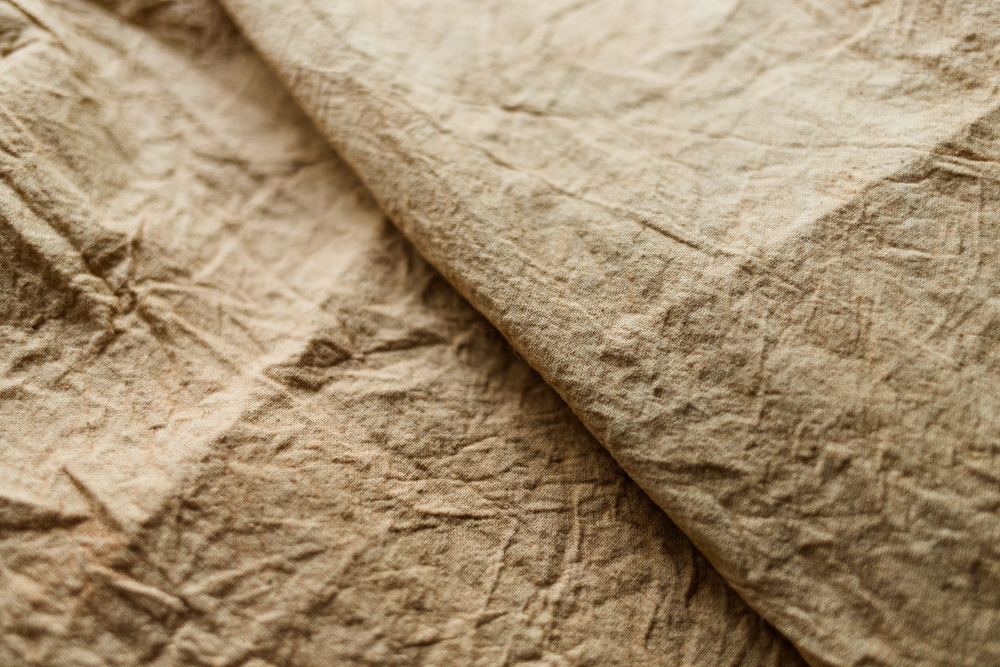
As you can see, there’s no noticeable difference. I think I will go back and re-dye with willow and then cure the dyed pieces to see if I can achieve saturation like this with willow too.
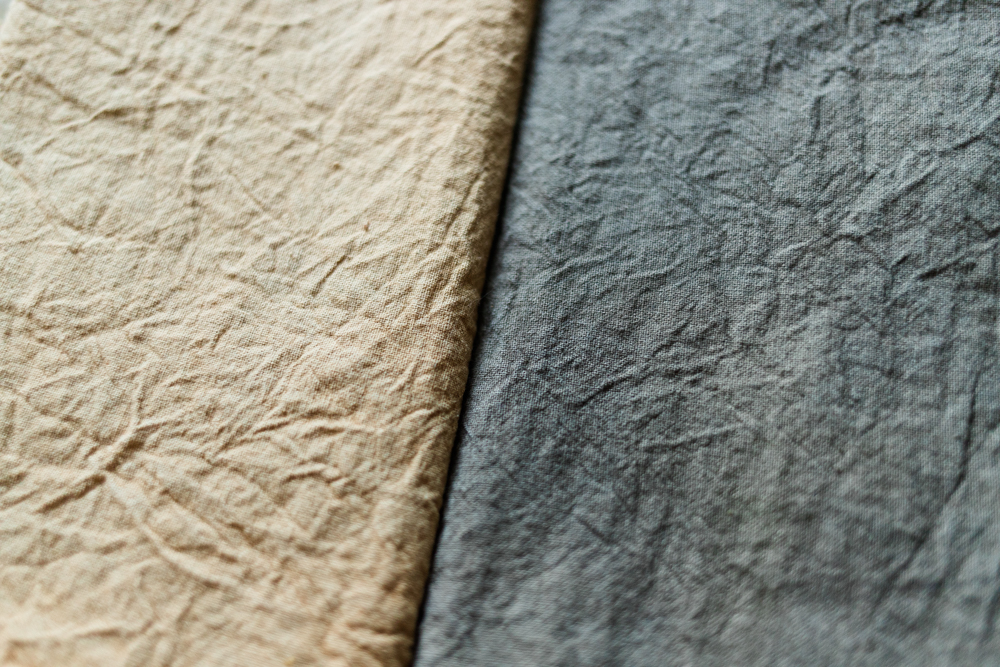
The grey colour was achieved by dipping a rinsed piece of acorn dyed calico into a ferrous sulphate bath. I used 1/8 tsp ferrous sulphate and enough cold water to cover the fabric, and then agitated the fabric in the iron bath for a few minutes to achieve an even charcoal grey.
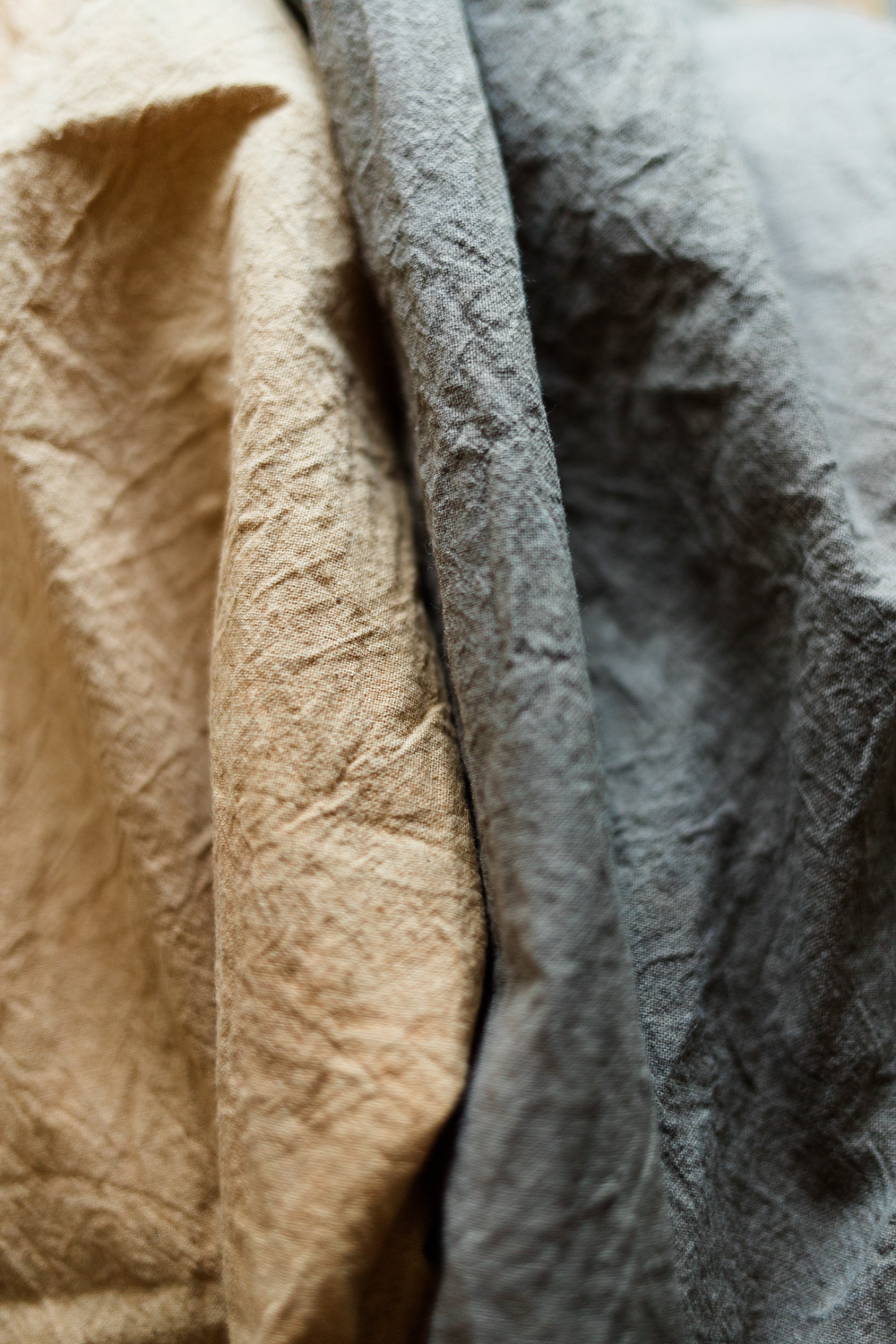
I am so happy with these colours! The photo below shows all of my recent dye samples. More notes on the willow dye bath and how I created four different shades can be found here. Natural dyeing is so much fun!

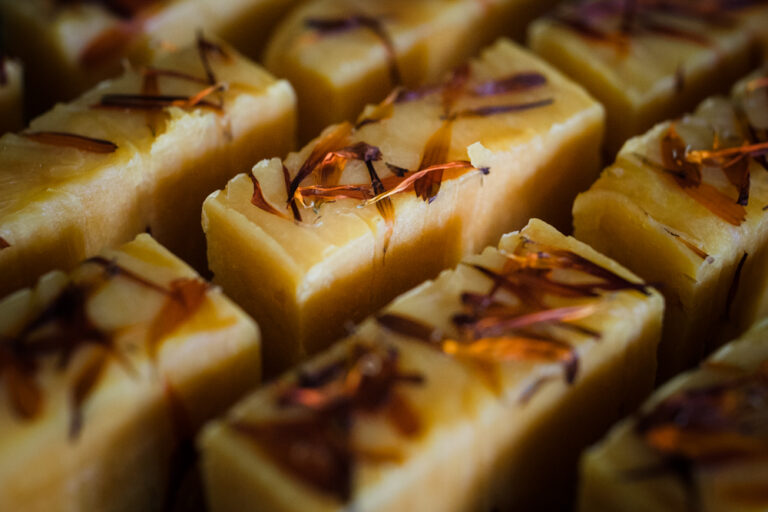
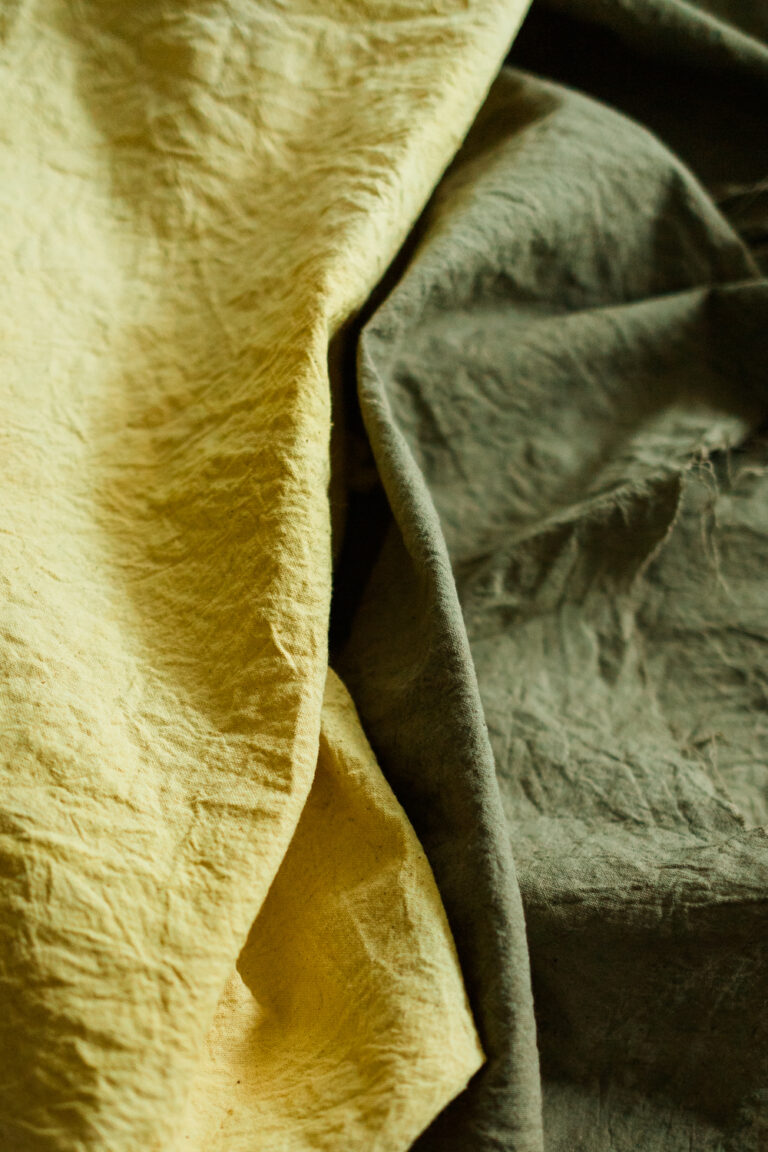
Leave a Reply